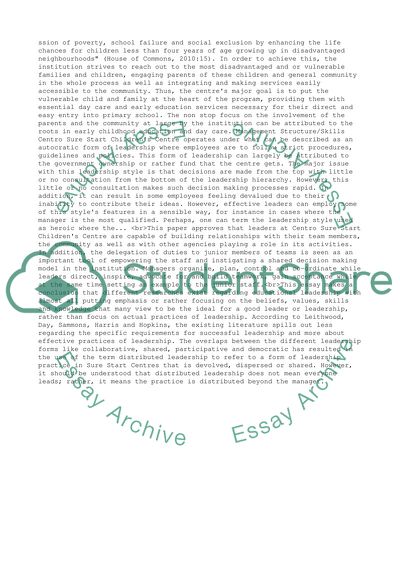Cite this document
(“Leadership and Managment Essay Example | Topics and Well Written Essays - 2250 words”, n.d.)
Retrieved from https://studentshare.org/management/1404049-leadership-and-managment
Retrieved from https://studentshare.org/management/1404049-leadership-and-managment
(Leadership and Managment Essay Example | Topics and Well Written Essays - 2250 Words)
https://studentshare.org/management/1404049-leadership-and-managment.
https://studentshare.org/management/1404049-leadership-and-managment.
“Leadership and Managment Essay Example | Topics and Well Written Essays - 2250 Words”, n.d. https://studentshare.org/management/1404049-leadership-and-managment.


